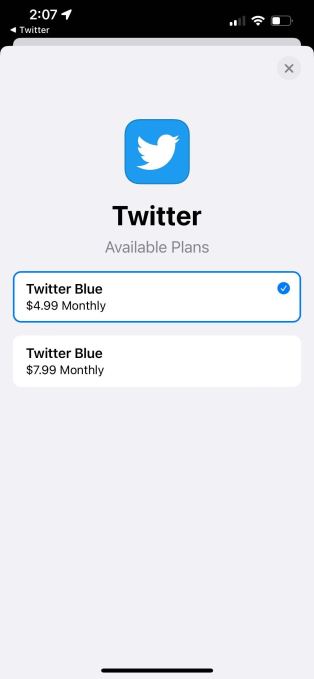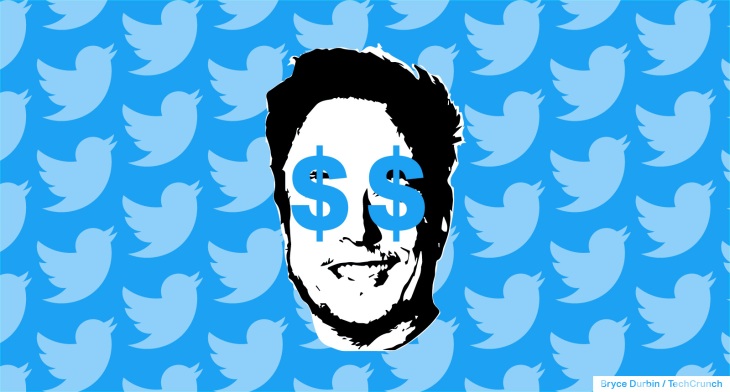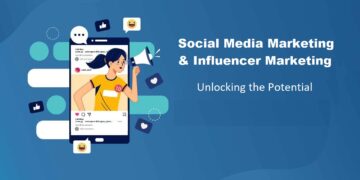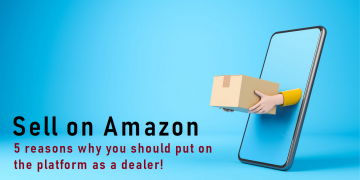Update: It appears that the launch might’ve been premature. According to a tweet by Esther Crawford, a product lead at Twitter, the new Twitter Blue plan isn’t live yet but some users are seeing notifications as part of a live test.
Just days after newly minted Twitter CEO Elon Musk floated changes to Twitter’s system for verifying user accounts, including charging $8 per month for the privilege, Twitter appears to have begun rolling out a new tier of Twitter Blue, its premium subscription service, that reflects some of the changes that Musk has proposed.
The new Blue isn’t live yet — the sprint to our launch continues but some folks may see us making updates because we are testing and pushing changes in real-time. The Twitter team is legendary. 🫡 New Blue… coming soon! https://t.co/ewTSTjx3t7
— Esther Crawford ✨ (@esthercrawford) November 5, 2022
According to an in-app iOS notification viewed by TechCrunch, the upgraded Twitter Blue, starting at $7.99 per month, will add the blue verification checkmark previously reserved for accounts that applied through Twitter’s free verification process. Other benefits listed as “coming soon” include “half the ads” seen by non-paying Twitter users as well as ostensibly “twice as relevant” ads (Blue previously removed ads entirely), and the ability to post longer videos to Twitter.
It’s not clear just how long those videos can be, by the way. The language about the new Twitter Blue doesn’t specify. But in a tweet this afternoon, Musk said that the current cap is 42 minutes for 1080p video, a technical limit which he expects will be increased sometime this month.

Image Credits: TechCrunch
What’s unclear is whether currently verified Twitter users will lose their blue checkmark if they don’t fork over $7.99 per month. The language in the notification suggests this won’t be the case, but reporting by The Verge indicated that Twitter was considering stripping verification badges from accounts that don’t pay for Twitter Blue within 90 days of the new plan launching.
In any case, the new, costlier Twitter Blue will also offer priority ranking for “quality content,” promising to boost Blue subscribers’ visibility in replies, mentions and search. A revamped notifications screen in the Twitter app defaults to displaying tweets from verified users in the first tab. Twitter’s making the claim that this will help “lower the visibility of scams, spam and bots,” but time will time will tell whether that’s truly the case.

Image Credits: TechCrunch
Musk earlier claimed that Twitter, which recently ended support for ad-free articles offered under Blue, would create a new program for bypassing paywalls for publishers willing to work with the company. But if Musk intends to follow through with the proposal, the program doesn’t appear to have made it into the new Blue — at least not at launch.
Available in the U.S., Canada, Australia, New Zealand and the U.K. on iOS to start, the new Twitter Blue arrives after mass layoffs at Twitter affecting roughly half of the company’s staff, including employees on key human rights, accessibility, AI ethics and curation teams. Musk has claimed that the cuts — along with the introduction of new paid features — are necessary to bring Twitter to profitability, as the company faces an estimated $1 billion a year in interest payments on $13 billion in debt.
It’s likely to be an uphill battle. Data from analytics firm Sensor Tower suggests that Twitter’s app has generated only $6.4 million in in-app purchases to date, with Blue being the top purchase. And a poll by investor Jason Calacanis — while hardly scientific — had a majority of respondents saying no to paying any amount for verification.
Musk’s management of Twitter doesn’t appear to have instilled much confidence in major advertisers, however, many of whom have paused campaigns on the platform. In a tweet on Friday, Musk blamed a “massive drop” in Twitter revenue on “activist groups pressuring advertisers,” likely referring to an open letter sent Tuesday by civil society organizations urging Twitter advertisers to suspend their ads if Musk didn’t commit to enforcing safety standards and community guidelines.
Source by techcrunch.com






























